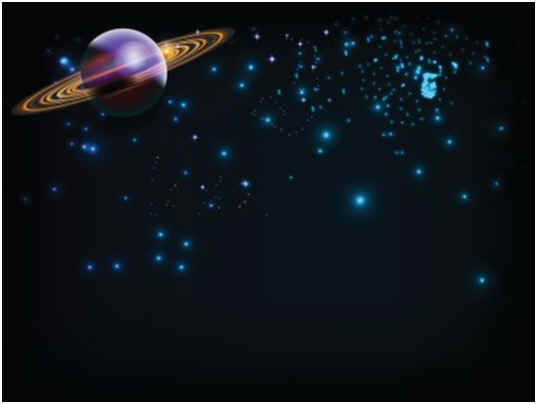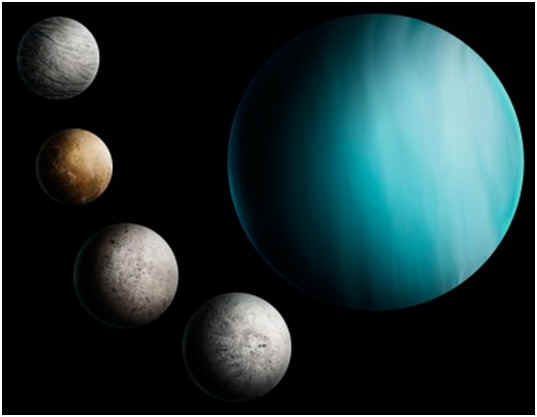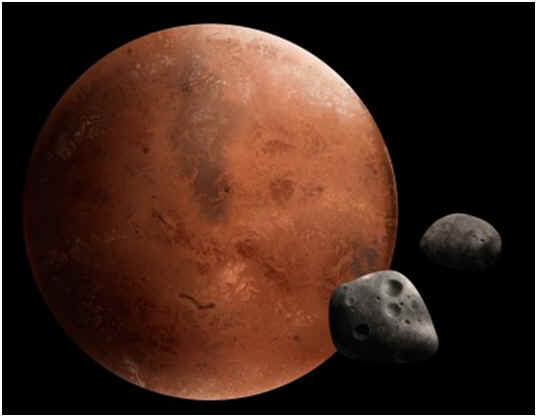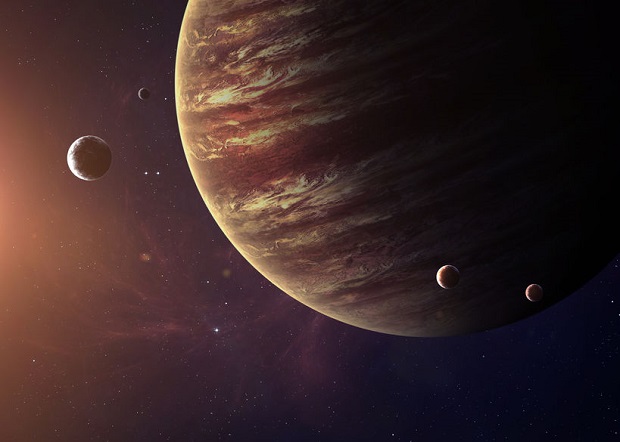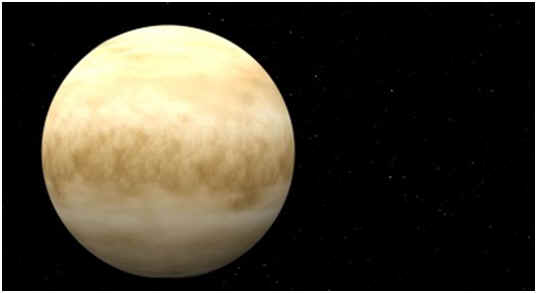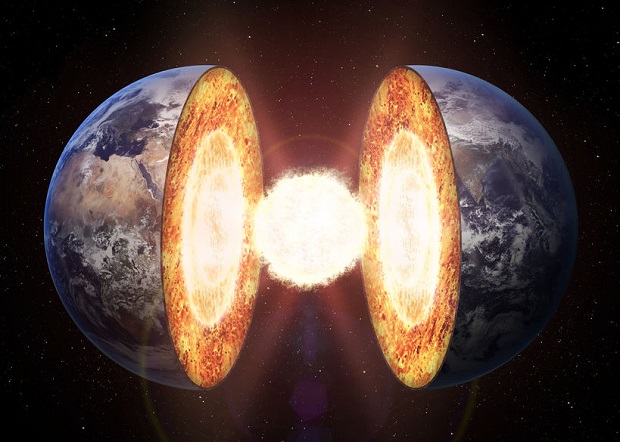
Does the Earth’s Core Spin? The Earth’s core does spin. In fact, the two parts of the core spin in opposite directions! The inner core spins eastward while the outer core spins westward.
Edmund Halley Discovers Earth’s Core Direction
Over 300 years ago, Edmund Halley demonstrated that the Earth’s geomagnetic field had a westward-drifting motion. Today scientists have discovered how this affects the rotation of the inner core. Scientists from the University of Leeds and the Swiss Federal Institute of Technology, Zurich, have discovered that the geomagnetic force on the Earth causes the solid iron inner core to spin faster than the rest of the planet in an eastward direction. In contrast, the outer core spins more slowly in a westward direction.
“The link is simply explained in terms of equal and opposite action,” explains Dr. Philip Livermore, of the School of Earth and Environment at the University of Leeds. “The magnetic field pushes eastwards on the inner core, causing it to spin faster than the Earth, but it also pushes in the opposite direction in the liquid outer core, which creates a westward motion.” [University of Leeds]
The Earth’s Layers
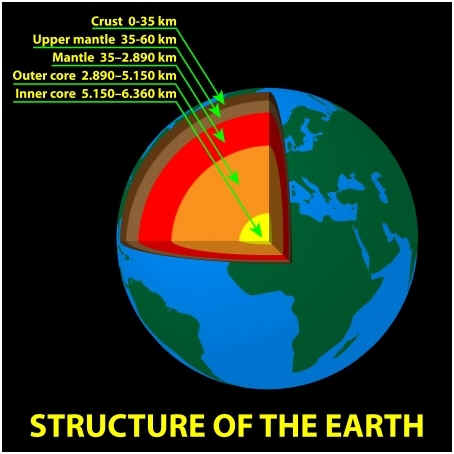
The Earth comprises four individual layers, the crust, the mantle, the outer core, and the inner core.
Crust. The crust is the outermost layer of the Earth and is composed of calcium and sodium aluminum silicates. The crust is the thinnest layer of the Earth. The oceanic crust averages 3-5 miles in-depth, while the continental crust averages 25 miles in depth.
Mantle. The mantle is directly beneath the crust and is the Earth’s thickest layer at a thickness of 1800 miles. The mantle is composed of hot, dense rock that moves like asphalt.
Outer Core. Beneath the mantle is the outer core, which has a thickness of 1400 miles. The outer core is made up of circulating conducting liquid nickel and iron, which generates the geodynamo responsible for the Earth’s magnetic field.
Inner Core. The inner core is located at the very center of the Earth and has a thickness of about 800 miles. Iron primarily composes the inner core, and though it is hotter than the outer core, it is solid due to the enormous amount of pressure exerted upon it. (The melting point of iron increases as the pressure increases.) Scientists also believe that the inner core was not always solid but is slowly cooling because of the temperature drop below the melting point at the inner boundary of the outer core. They also believe this process will continue to solidify the outer core. The process will take billions of years but will have devastating effects since the liquid outer core generates the geodynamo responsible for the Earth’s magnetic field.
Glossary of Terms

Earth’s Magnetic Field: The magnetic field that surrounds and permeates the Earth. It is the presence of this field that causes compass needles to line up in a north-south direction. Scientists poorly understand the origin of the Earth’s magnetic field at present.
Dictionary.com
Edmond Halley: English astronomer, geophysicist, mathematician, meteorologist, and physicist best known for his discovery of Halley’s comet.
Wikipedia.com
Geodynamo: The dynamo theory proposes a mechanism by which a celestial body such as the Earth or a star generates a magnetic field. The theory describes the process through which a rotating, convecting, and electrically conducting fluid can maintain a magnetic field over astronomical time.
Wikipedia.com
Expert Opinion

“The Earth and the core are rotating on the same spin axis, but because the inner core rotates just a bit faster than the planet as a whole, the “fast axis” through the core moves eastward. Over the years, it traces a circular path around the north pole and moves to different positions relative to the Earth’s mantle and crust.”
Core Spins Faster Than Earth, Lamont Scientists Find Columbia
